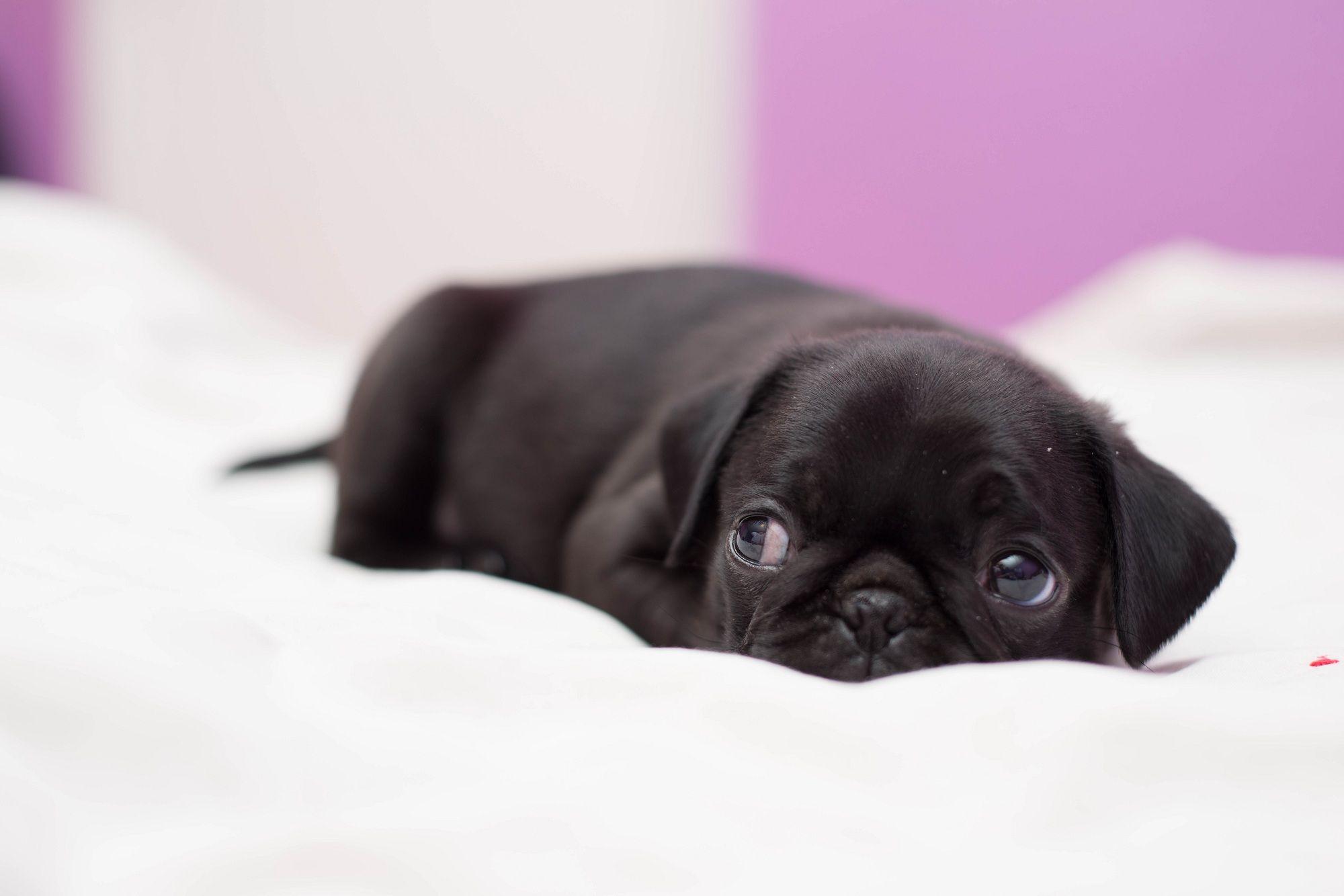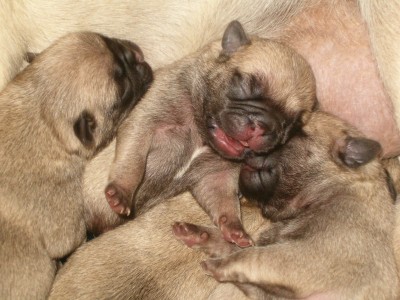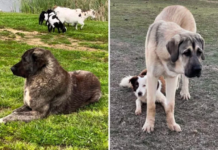Last Updated on March 2, 2024 by Fumipets
Welcoming a playful and affectionate baby Pug into your home is a delightful experience that comes with its own set of unique challenges and joys. These charming little companions require special attention and care to ensure their well-being and development into happy, healthy adult Pugs.
In this guide, we’ll explore the essential aspects of caring for baby Pugs, covering everything from their nutritional needs to socialization, providing you with the knowledge and insights necessary to foster a strong bond with your adorable pint-sized companion.
Pugs need particular attention from the time they are pups, due to their wrinkled features, obstinate dispositions, and occasionally difficult breathing. You may avoid health and behavioural problems later on by taking care of your pug while she is a newborn, making your life simpler for both of you.
Step 1
When you initially acquire your pug, take her to the veterinarian for a checkup and immunizations. As a puppy, she has to be vaccinated on a regular basis to avoid health issues later on.

Step 2
As soon as possible, teach your pug how to behave. Pugs are a very obstinate breed, and anything you teach her as a puppy will stick with her far into adulthood. She won’t want to change the behaviours she acquired as a baby as an adult, so don’t be tempted by those sad eyes and wrinkled face to be kind to her now.
Step 3
Wash your pug’s face on a regular basis. She may fight it as a puppy, but beginning while she’s young will help her accept it for the rest of her life. Use a gentle medicated pad or a wet, warm cotton swab to gently clean out her face creases every day. Dirt, filth, and germs that may cause illnesses or make your dog sick are kept out.

Step 4
Raise her food and water bowls to a higher level. A newborn pug, like a bobblehead, is all noggin, and she’s prone to tipping over when she leans down to get anything. As amusing as it may seem, your pug may end up faceplanting in a bowl of food or water, which is both unpleasant and hazardous.
Step 5
Keep an eye on your pug’s body temperature. Pugs are temperature sensitive at any age, but extremes in temperature pose a significant health concern when they are pups. Puppies may struggle to breathe in hot or cold weather, and they are vulnerable to chills and pneumonia if they are not sheltered from the elements. If it’s cold outdoors, make sure your baby pug has a sweater to wear, and if it’s hot or humid, put him in a climate-controlled area until he has to go outside to do his business.

Step 6
Carefully portion your puppy’s food, always following the packaging instructions. Dog food is designed to meet the requirements of a rapidly developing infant, so feed it to your puppy as directed. Never feed your pug table scraps, since this breed is prone to obesity—not to mention that she’ll get used to it, and those bulging, pleading eyes aren’t easily swayed.
Step 7
Instead of using a collar, walk your pug puppy in a harness. Pugs have a hard time breathing correctly because of their flat faces and internal composition, thus conventional collars offer a little health risk. Harnesses are recommended for this breed.
https://www.youtube.com/watch?v=GRt_Z2qKAL4


















